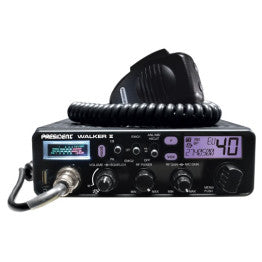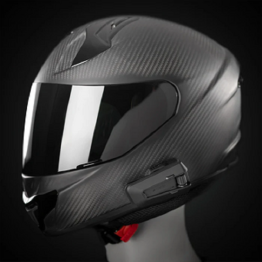The best time to transmit on HF bands (shortwave, cb radio) depends on the band you are using and the propagation conditions, which are strongly influenced by the time of day, the season and solar activity. Here is a summary:
Daytime
• Higher frequencies (15-30 MHz, such as 20m, 17m, 15m, 12m, 10m and of course 11 meter cb radio):
• Ideal for daytime, because the ionosphere (especially the F layer) is well ionized by sunlight, which supports propagation at higher frequencies.
• Bands such as 20m and 17m often remain open until early evening.
Nighttime
• Lower frequencies (1.8-7 MHz, such as 160m, 80m, 40m):
• Good for nighttime. The D layer of the ionosphere disappears at night, which means less absorption of low frequencies and makes DX traffic possible.
• 40m can be a transition band and often works well both day and night.
Time range per band
• 40m (7 MHz): Good all-round band, suitable for both local traffic during the day and DX in the evening/night.
• 20m (14 MHz): Best during the day, but sometimes stays open until after sunset.
• 15m/10m 11 meter cbradio (21-28 MHz): Very dependent on solar activity, usually open during peak hours of the day.
• 80m/160m (3.5 MHz and 1.8 MHz): Excellent for night and early morning.
Other factors
• Season: In winter the lower bands are often better due to less atmospheric noise. In summer the higher bands are often better due to stable propagation.
• Solar Cycle: During peak solar activity (such as now in Solar Cycle 25), higher bands (10m, 12m) are often exceptionally good, even with simple antennas.
• Geographic Location: Your distance from the station you want to work with also plays a role in choosing the right band.




Leave a comment
This site is protected by hCaptcha and the hCaptcha Privacy Policy and Terms of Service apply.